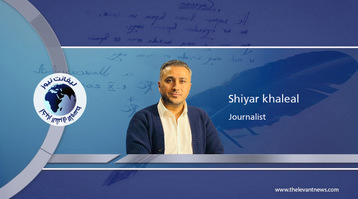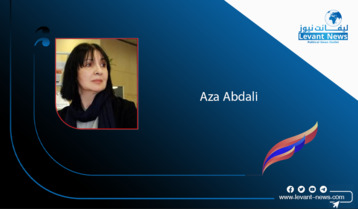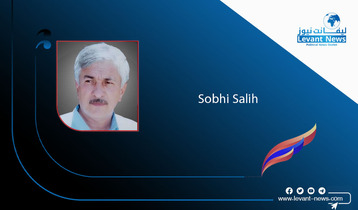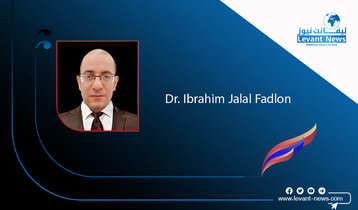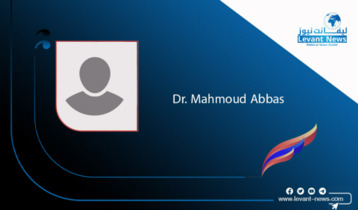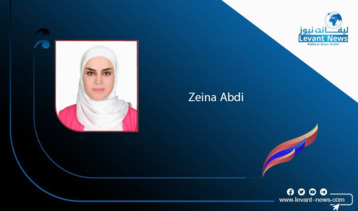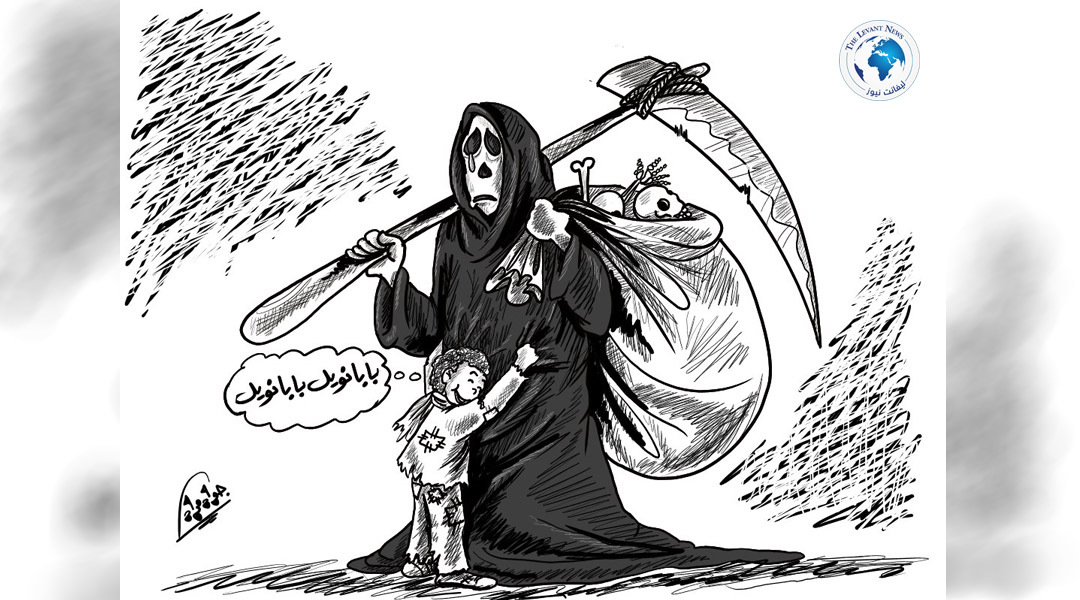-
Roj Peshmerga.. The Long-Awaited Kurdish Shield
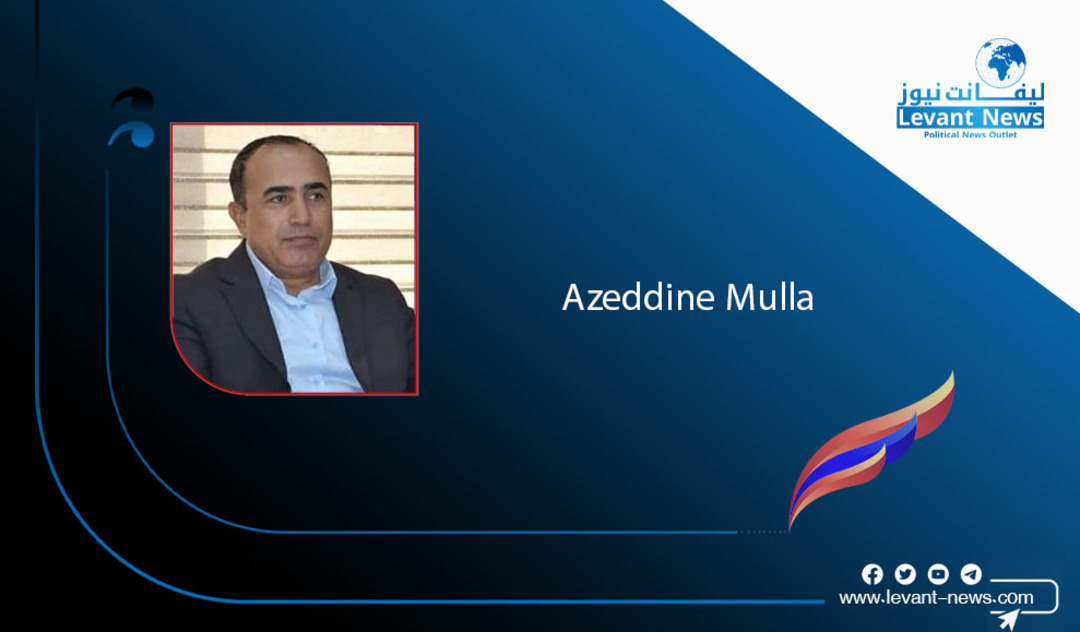
In modern Kurdish memory in Syria, no name has been awaited with a mix of anxiety and hope like (Roj Peshmerga). These soldiers carried not only their guns and flags on their shoulders but also a delayed dream through the years that swept across Kurdish territories in the Kurdistan-affiliated region of Syria—years drained amidst the maps drawn by others.
The Roj Peshmerga forces were established in 2012 by a decision from President Masoud Barzani, a leader with a pragmatic vision that the Kurds cannot afford to remain without a trained, professional military force in the turbulent heart of the Middle East. Roj Peshmerga was the fruit of a clear agreement between an authentic Kurdish will and a strategic need of the international coalition led by the United States, which recognized that stabilizing the region begins with protecting the land and its original inhabitants.
The founding of Roj Peshmerga was not just a fleeting tactical act or a military luxury amid raging chaos. From the very beginning, these forces represented a strategic project to reconnect detached Kurdish geography and revive a waning idea—one battered by neglect and betrayal—that Kurds in Syria should have a shield and a sword, not merely be figures in others’ negotiations.
These forces were formed as the Arab Spring’s earthquake shattered the fragile Sykes-Picot borders, leaving minorities and incomplete nations searching through the debris of capitals for refuge that preserves memory from oblivion. At that moment, Barzani read the scene—an experienced leader with a sense forged by betrayal and upheaval. Syrian Kurds, who had suffered from identity deprivation for decades, needed more than slogans—they needed legitimate weapons, disciplined organization, and a solid structure ensuring they wouldn’t be engulfed by civil conflict or exploited by external agendas, ending up sold at auction.
Since its inception, this force was not just a military unit parading in national celebrations. It became a silent school of strategic patience, a trained power under the supervision of coalition advisors and experts, always prepared for a future moment that had not yet arrived. Although its bullets tested the battlefield against ISIS in Mosul, Kirkuk, and Shangal, its hand remained raised from the Syrian land, as if keeping its ammunition for a day when power balances shift, and gates long closed are reopened.
Nearly a decade and a half after its birth, the fall of Bashar Al-Assad’s regime opens a central question in the Kurdish street from Al-Jazeera to Kobani and Afrin: when will our sons in Roj Peshmerga return home? This is no longer just nostalgic longing for a missing military wing but a question about guarantees and the ability to secure gains.
Because the undeniable truth that cannot be hidden by wishful thinking is this: Roj Peshmerga is not a local, enclosed project but a regional bet covered by an international legitimacy that has not shattered despite changes in US administrations and shifting priorities. It is a force born to say that the stability of Kurdistan in Syria is not merely a domestic matter but part of the delicate balance in the Middle East, under the watch of Erbil, Washington, and their allies in the coalition.
Today, we stand at a crossroads where evading choices is impossible. Either Roj Peshmerga integrates into the heart of the new Syrian state, or it rises as an emergency torch when land security is threatened and human sanctity is violated. Therefore, I believe there are two paths for Roj Peshmerga to enter the homeland. The first is integration, to establish a national internal partnership: if the parties sponsoring the Syrian settlement succeed in Damascus and the capitals involved in the Syrian issue, and if behind-the-scenes efforts reshape the Syrian army so every component has its share, representation, and guarantees, then Roj Peshmerga will be the golden piece that restores balance to the equation. It will harmonize with the Syrian Democratic Forces, or perhaps become the nucleus of a hybrid military units reflecting the Kurdish reality—flexible, operating within state institutions, defending gains in Al-Jazeera, Kobani, and Afrin, and preventing marginalization or attempts to erase the collective identity.
Participation of Roj Peshmerga in rebuilding the national army simply means shifting the Kurdish dream from the fringes of armed opposition and fragmented factions into the heart of an official military institution, safeguarding internal balances, and demanding respect from external actors that Kurds in Syria hold a gun if necessary.
The second path is to serve as a shield of stability should chaos erupt. If the failed negotiations betray their owners and the northeast or central regions slip into bloody competition among tribal and cross-border power centers, Roj Peshmerga will not stand idly by. Then, this force will become the last line of defense against the collapse of Kurdish geography under the blows of alternative projects—the sectarian chaos, the resurgence of hidden terror cells, or infiltrating agendas that see Syria only as an additional bargaining chip.
Ezzedine Mulla
You May Also Like
Popular Posts
Caricature
opinion
Report
ads
Newsletter
Subscribe to our mailing list to get the new updates!

